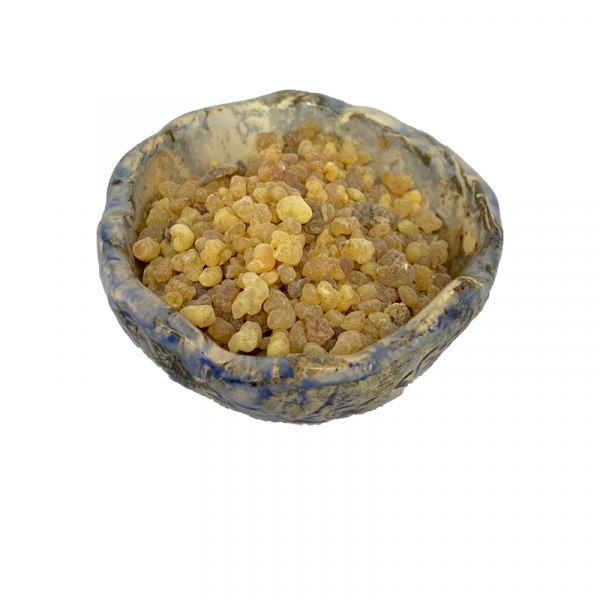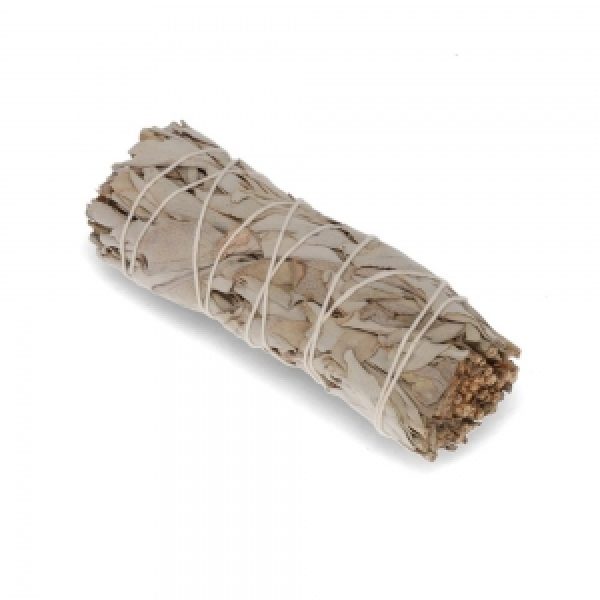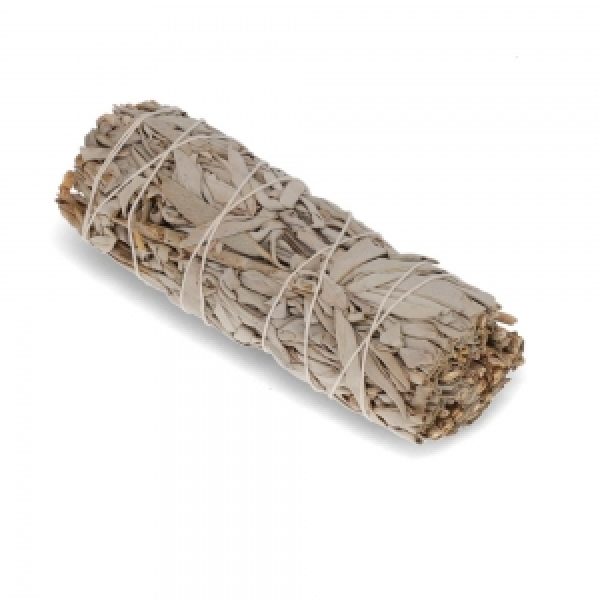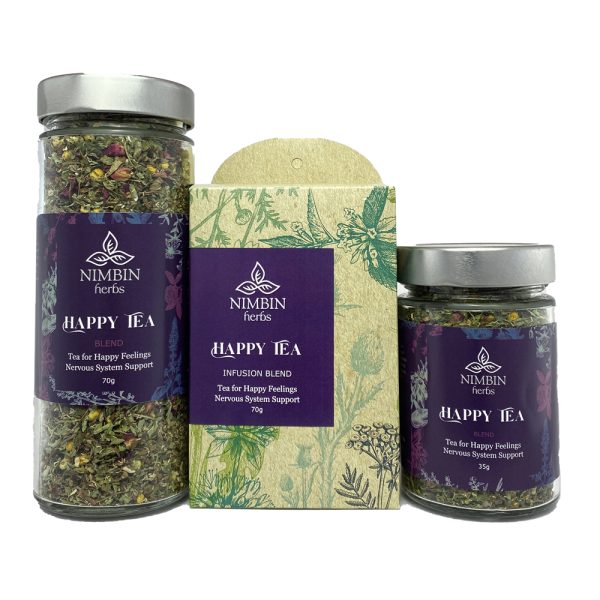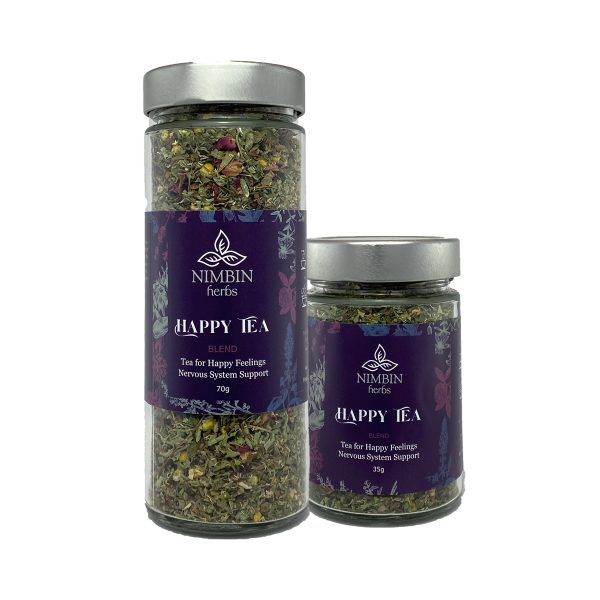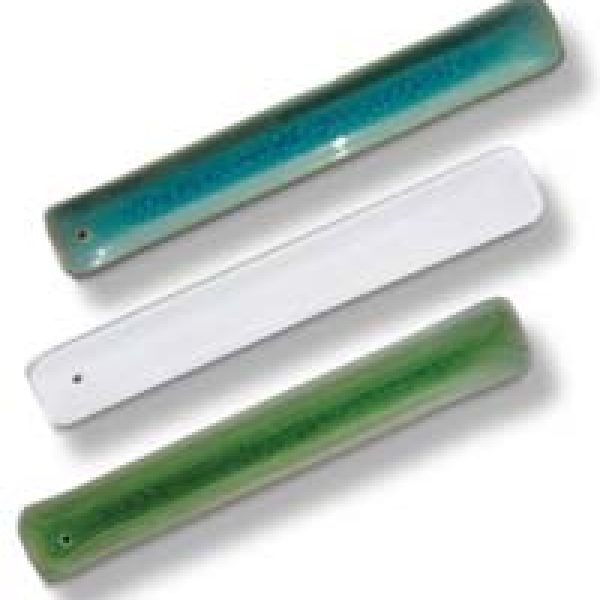Description
Frankincense
Plant Uses: The word Frankincense comes from the French term for ‘pure incense’. Frankincense is the gum resin obtained by making a cut into the trunk of the tree, collected when it has dried. In the same way that our bodies respond to a wound with a scab, Frankincense trees do also. In this case, the scab is a precious spice, which has been revered by many cultures for centuries, potentially for millennia.
Traditionally, Frankincense has many, many purported healing benefits, much more than can be easily listed here. Some of these include reducing inflammation, relieving pain, lowering blood pressure, improving immune function, easing digestion, improving memory, improving skin appearance, and protecting the liver. There is a reason why the Three Wise Men are said to have chosen Frankincense as one of their most important gifts!
Smelling frankincense may also help to reduce the severity of a cold, sinus congestion, insomnia, depression and anxiety.
Frankincense was also used ceremonially as incense and/or offering by ancient Jews, Christians, Pagans in Persia, Babylonia, Egypt, Greece, and Rome. Burning frankincense inside the home is said to purify the atmosphere, drive away disease and encourage good health. Some believe this is the most powerful and useful incense for this purpose and it has been used traditionally for exorcisms as well!
Preparation: Frankincense may be dissolved into alcohol and taken internally, sprayed on wounds or joints, or mixed in with a creme. The resin may also be sprinkled directly onto burning charcoal where you can breathe in the sacred scent for meditation and inner calm.
Properties: Anti-inflammatory, antiseptic, calming.
Energetics and Taste: Heating and cooling, bitter, pungent, astringent, sweet.
Scientific Name: Boswellia sacra
Common Names: Indian olibanum, salai guggal
Family: Burseraceae
Part Used: Sap (resin)

